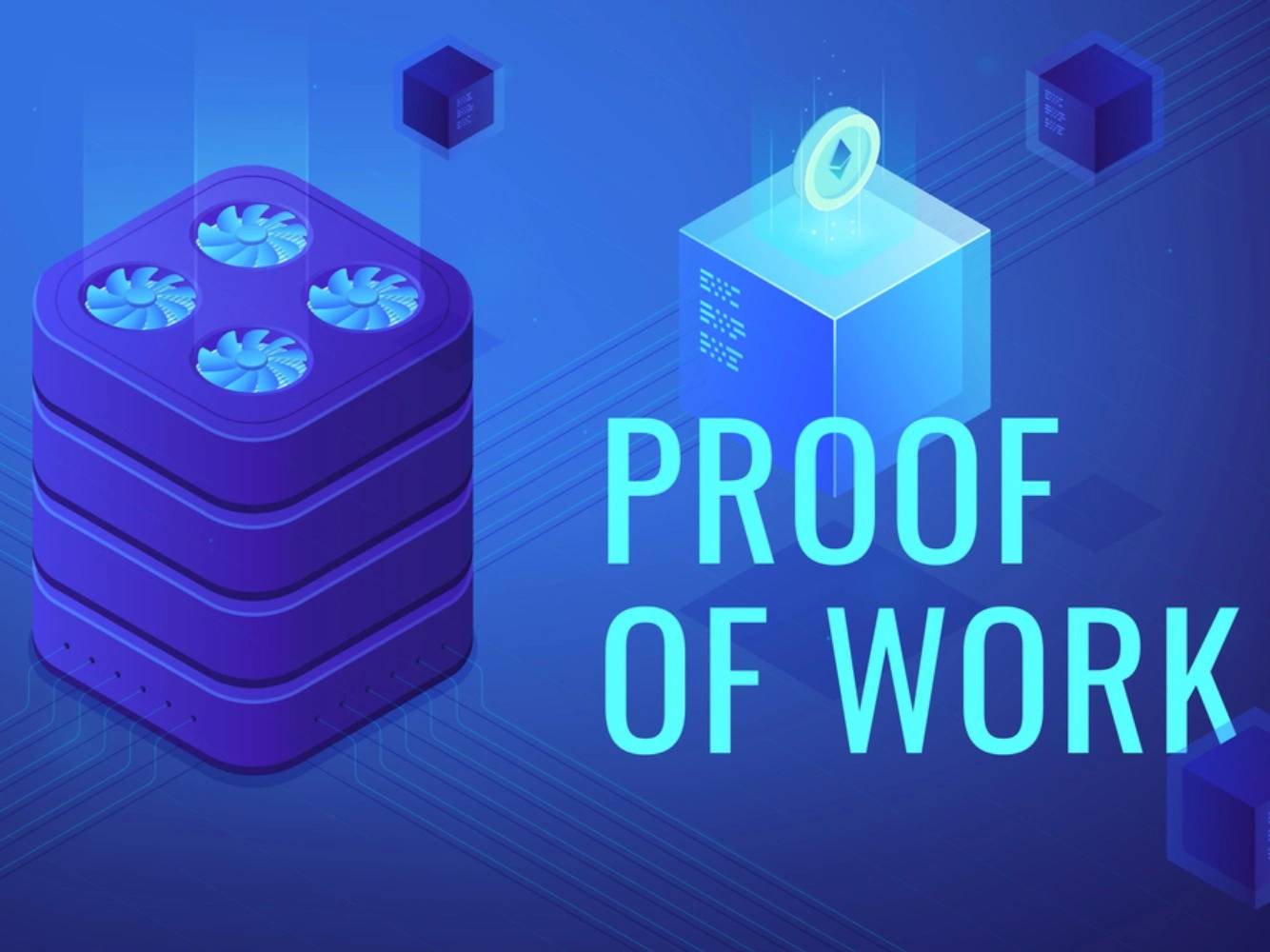위키 구독하기
Share wiki
Bookmark
Proof-of-Work (PoW)
에이전트 토큰화 플랫폼 (ATP):에이전트 개발 키트(ADK)로 자율 에이전트 구축
Proof-of-Work (PoW)
**작업 증명(PoW)**은 컴퓨터 과학에서 거래 또는 계산을 검증하고 서비스 거부 공격과 같은 악의적인 활동을 방지하는 데 사용되는 시스템입니다. 특정 계산이 수행되었음을 증명하고 이중 지출을 방지하는 데 사용되는 최초의 암호화폐 합의 메커니즘입니다. 비트코인에서 처음 사용되었습니다. [4][5]
개요
"작업 증명"이라고 불리는 이유는 네트워크가 막대한 처리 능력을 필요로 하기 때문입니다. 작업 증명 블록체인은 전 세계의 가상 채굴자들이 수학 퍼즐을 가장 먼저 푸는 경쟁을 통해 보안이 유지되고 검증됩니다. 승자는 최신 검증된 거래로 블록체인을 업데이트할 수 있으며, 네트워크로부터 미리 정해진 양의 암호화폐를 보상으로 받습니다. [3]
작업 증명의 목적은 합법적인 사용자만이 유효한 솔루션을 생성할 수 있도록 하고 이중 지출과 같은 악의적인 활동을 방지하는 것입니다. 비트코인에서 작업 증명은 블록체인의 보안과 유효성을 유지하는 데 사용됩니다.
작업 증명(PoW)에 대한 아이디어는 1993년 Cynthia Dwork[6]와 Moni Naor[7]에 의해 처음 발표되었으며, 나중에 2008년 사토시 나카모토가 비트코인 백서에 적용했습니다. "작업 증명"이라는 용어는 1999년 Markus Jakobsson[1]과 Ari Juels[2]의 논문에서 처음 사용되었습니다. [5]
기술
비트코인은 모든 비트코인 거래의 이력을 포함하는 공유 원장인 블록체인입니다. 이 블록체인은 블록으로 구성되며, 각 블록에는 최근 거래가 저장됩니다.
작업 증명은 새로운 블록을 비트코인 블록체인에 추가하는 데 필요한 부분입니다. 블록은 작업 증명을 실행하는 생태계의 참여자인 채굴자에 의해 개발됩니다. 채굴자가 새로운 작업 증명에 성공할 때마다 네트워크는 새로운 블록을 수락하며, 이는 대략 10분마다 발생합니다.
작업 증명에 성공하는 것은 어렵고 비용이 많이 드는 특수 컴퓨터가 필요합니다. 채굴자는 일치하는 계산을 추측하려고 시도하며, 성공하면 비트코인을 얻습니다. 그들이 수행하는 계산은 입력값을 받아 무작위 문자와 숫자의 문자열을 생성하는 "해시"로 알려져 있습니다.
채굴자는 비트코인의 현재 "목표"와 일치하는 해시를 생성하는 것을 목표로 합니다. 이는 선행 0이 많은 해시를 필요로 하며, 이는 매우 드문 일입니다. 그럼에도 불구하고 전 세계의 채굴자들은 초당 수조 개의 해시를 계산하며, 일반적으로 목표에 도달하는 데 약 10분이 걸립니다.
먼저 목표에 도달한 사람은 비트코인 암호화폐를 보상으로 받습니다. 그러면 비트코인 프로토콜이 새로운 값을 생성하고 채굴자는 해당 값을 해시해야 하며, 채굴자는 작업 증명에 성공하기 위해 경쟁합니다. [8]
PoW의 특징
- 수학 문제에 대한 해결책을 찾기 어렵습니다.
- 해결책의 정확성을 쉽게 검증할 수 있습니다. [5]
PoW의 과제
51% 공격 위험
네트워크의 51% 이상의 노드를 제어하는 주체가 있다면, 해당 주체는 네트워크의 대다수를 확보하여 블록체인을 손상시킬 수 있습니다. [5]
시간 소모적
채굴자는 블록 채굴에 필요한 퍼즐의 올바른 해결책을 찾기 위해 많은 nonce 값을 확인해야 하며, 이는 시간이 많이 걸리는 과정입니다. [5]
자원 소모
채굴자는 어려운 수학 퍼즐의 해결책을 찾기 위해 많은 컴퓨팅 성능을 소모합니다. [5]
비실시간 거래
거래 확인에는 약 10~60분이 걸립니다. 거래를 채굴하고 블록체인에 추가하여 거래를 확정하는 데 시간이 걸립니다. [5]
잘못된 내용이 있나요?
